The technology will be possible thanks to a protective iPhone case that will include a secure memory card that will hold Visa's contactless payment application, called Visa payWave. The application, which is compatible with the iPhone 3G and iPhone 3GS, can be password protected and includes advanced security technology to uniquely identify each contactless transaction.
The press release from Visa and the maker of the hardware, DeviceFidelity, was temporarily visible earlier this week on the MarketWatch website, before it was pulled. It revealed that Visa will begin market trials of the iPhone hardware, which has allegedly been certified by Apple, this summer.
"iPhone users will be able to make Visa mobile payments in retail stores, at fast food restaurants, in taxis, during sporting events (such as at baseball games), and also make purchases at vending machines that have contactless payment terminals," the press release read. "Thousands of merchants throughout the U.S. have already upgraded their payment terminals to allow consumers to make Visa mobile payments."
The new feature will not be limited solely to the iPhone — the memory card can also be placed in "a majority of smartphones" that have a slot for memory expansion. Users insert the card into the memory slot, which "transforms" the handset into a Visa payment device. Similar technology has already been rolled out in Malaysia and Japan.
Late last year, a report suggested that Apple was testing similar Near Field Communication Technology in the form of Radio-Frequency Identification, or RFID, in its next-generation iPhone prototypes. The feature could allow Apple's handsets to offer swipe payments at mobile terminals without the need for an external case or memory card provided by Visa.
Apple's interest in RFID tags first surface in 2007, when a patent application described technology that could allow the wireless protocol to simplify Wi-Fi networking. The application suggested an AirPort Extreme base station could hold an RFID transceiver containing all of a network's configuration information, including authentication and encryption keys.
 Katie Marsal
Katie Marsal

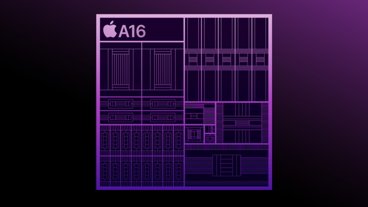
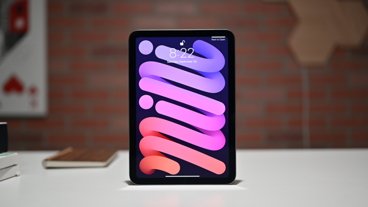



-m.jpg)






 Andrew Orr
Andrew Orr
 William Gallagher and Mike Wuerthele
William Gallagher and Mike Wuerthele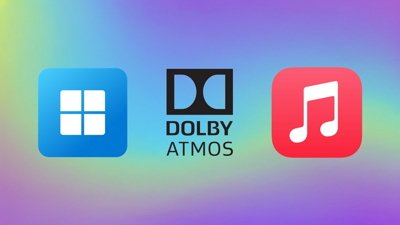
 Amber Neely
Amber Neely
 Mike Wuerthele
Mike Wuerthele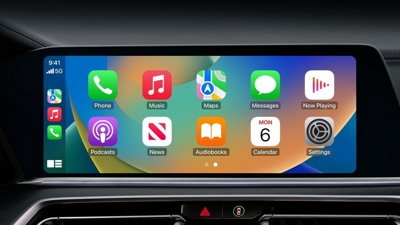
 William Gallagher
William Gallagher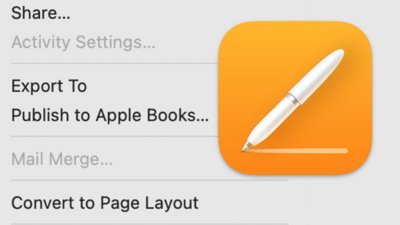
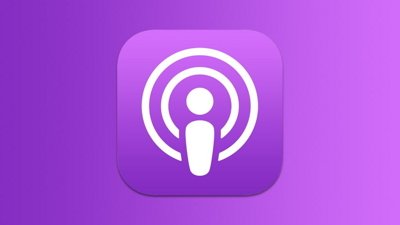








42 Comments
Does this mean that the next gen iPhone will have some sort of memory slot, or is Apple embedding something in the iPhone specifically for Visa?
oh ffs not AI as well - had the same article on TUAW, the comments ripped it to pieces due to the requirement for a case! THIS IS THE SAME THING AS GLUING A CARD TO YOUR FACE AND USING YOUR FACE.
Very unApplelike to need the case. I bet this is built into the 4G iPhone.
Does this mean that the next gen iPhone will have some sort of memory slot, or is Apple embedding something in the iPhone specifically for Visa?
No, most likely it would be an RFID chip for NFC contactless payment. You wave the phone over a sensor.
The Japanese have had this for about five years; they call it "Osaifu-keitai" (literally "wallet-phone"). They use it for transit passes, event tickets, airline tickets, debit, loyalty programs, etc.
The phone hardware isn't a big deal. It's working out the back-end and agreeing on a system for the payment. In Japan, the dominant mobile operator (NTT DoCoMo) basically rolled out their concept and said, "here you go."
Does this mean that the next gen iPhone will have some sort of memory slot, or is Apple embedding something in the iPhone specifically for Visa?
No memory card for sure. I wouldn't put it past Apple to embed something. Current iPhones will use a special case though, that may be how it works for the new iPhone as well.